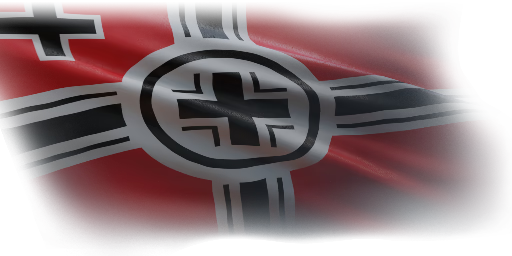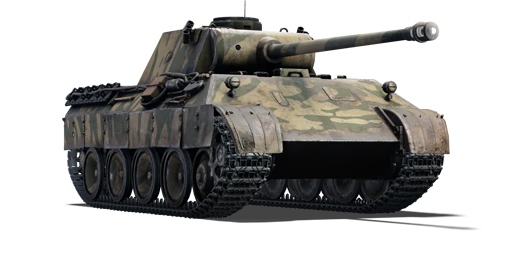



The Panzerkampfwagen V Ausführung D (Panther D) (Sd.Kfz. Index: Sd.Kfz. 171) is the first production variant of the iconic Panzerkampfwagen V Panther medium tank family. M.A.N. produced the first production series Panther D variant tank in January 1943. The initial VK 3002 (M) prototype was improved in several ways, including increasing the hull upper front armour plate thickness from 60 mm to 80 mm and inclined at 55 degrees. Due to the angle of the hull upper front armour plate, an enemy shell firing directly at the Panther from a head-on position would have to penetrate roughly 140 mm of armour plate. On the other hand, despite having a thicker hull upper front armour plate of 100 mm, the Tiger I tank only possessed 100 mm of effective armour. This is primarily because Tiger I's hull upper front armour plate is placed perpendicular to the shell impact angle. The inclusion of Panzerschürzen (side shirt armour) is another improvement. To protect the visible 40 mm chassis side armour between the top of the track and below the pannier, the German designers incorporated protective skirt armour constructed of 5 mm soft steel to protect against close-range penetration by Soviet anti-tank weaponry.
Introduced in the Closed Beta Test for Ground Forces before Update 1.41, the Panther D is the next generation of medium tanks that formally superseded the Panzer IV medium tank family in the latter stages of World War II. Due to its massive, sloped upper front armour plate, the Panther D can easily knock out any opponent tank with its ranks while staying immune to most enemy return fire. However, since the turret is still rotated by hand, the traverse speed is slow, and close-range confrontations with adversaries in towns are not encouraged. Despite its large size in comparison to other tanks in its class, the Panther D is remarkably mobile and can reach the majority of strategic zones early in the battle.
| Ammunition | Type | Armor penetration (mm) at a distance: | |||||
|---|---|---|---|---|---|---|---|
| 10 m | 100 m | 500 m | 1000 m | 1500 m | 2000 m | ||
| APCBC | 192 | 188 | 173 | 156 | 140 | 126 | |
| HE | 13 | 12 | 11 | 11 | 11 | 11 | |
| Belt | Belt filling | Armor penetration (mm) at a distance: | |||||
|---|---|---|---|---|---|---|---|
| 10 m | 100 m | 500 m | 1000 m | 1500 m | 2000 m | ||
| AP/AP/AP-T | 13 | 12 | 7 | 3 | 2 | 0 | |












Mobility | |
|---|---|
Protection |
|---|
Firepower | |
|---|---|